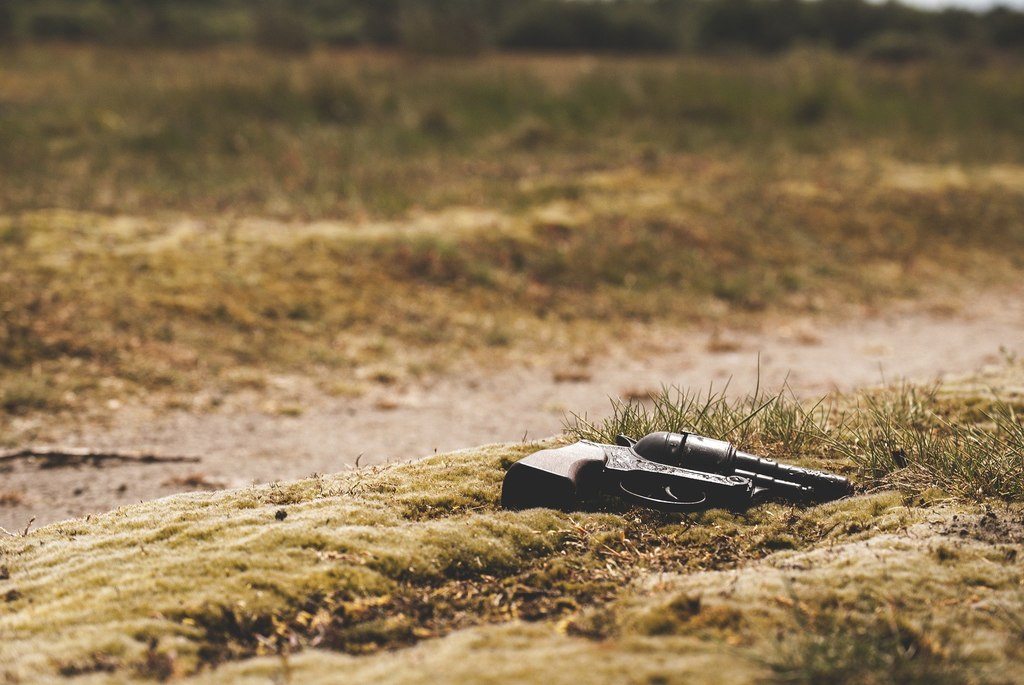Tim was 33 years old, with a good job, a loving wife and a tendency to disappear without warning. When his wife discovered that he didn’t show up for work and wasn’t at home, she called the police. When the police found his car abandoned several blocks away in an affluent neighborhood surrounded by woods, they called out the local Search & Rescue team. After searching briefly around the vehicle and dispatching teams into the field to look for Tim, searchers located him hunched over in a drainage ditch about 300 feet from his vehicle. He was unresponsive, covered in blood from a gaping neck wound, and ashen colored. A handgun was lying next to him.

What would you do?
After this course you’ll be able to:
- respond to a known or suspected crime scene.
- add value to the crime scene investigation process.
- preserve critical evidence at the crime scene.
- be held in high regard by the scene’s responsible law enforcement agency.
- assist authorities in building a strong case against the perpetrator or a case that suggests that the crime scene was the result of an accident or self-inflicted act.
What is a Crime Scene?
A crime scene is any physical location where a crime has occurred or is suspected of having occurred.
As a responder, your mission includes responding to crime scenes.
In many instances, another responder on your team may locate the crime scene first and your job will be to assist them in establishing the perimeter.
Other times, you may be the first responder to arrive at the crime scene. In that instance, you will have some specific responsibilities to perform when you’re first to arrive.
Click below to proceed to the next lesson.
